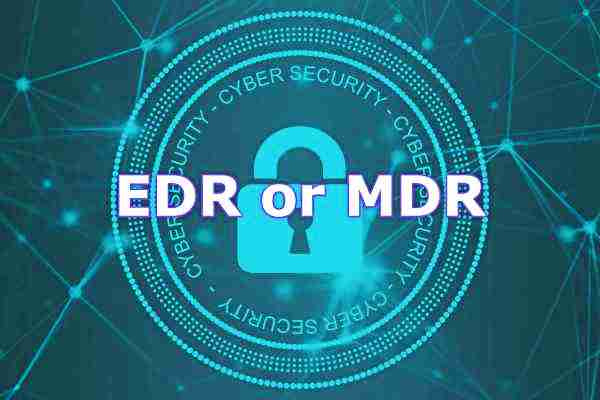EDR or MDR represent two viable paths to achieving successful security defense. Internal teams use EDR (Endpoint Detection and Response) tools to launch investigations and guide remediation actions. MDR (Manage Detection Response) brings professional cross-skilled security analysts and proactive threat hunters. A security tipping point is determined by gaps in time, skills, efficiency and outcomes.
On which side of the security tipping point does your company fall?
Security is at a crossroads. Threats are increasingly sophisticated and smaller organisations are now squarely in the sights of cybercriminals wielding automated exploit tools to breach your networks, steal your proprietary information or hold your data for ransom. You can fight back, but it takes an honest assessment of your capabilities and constraints to determine your best path forward.
Should you continue providing for your own security defense or should you outsource this responsibility to a professional team of security defenders?
Attackers work 24×7. Part-time defense is a risky proposition.
Attackers never sleep and they’re often working in a time zone far away from your own. So, if your security team is defending Monday through Friday from 9 to 5, that leaves quite a lot of potential running room for attackers to exploit when your guard is down. Can your team keep up with the relentless pace of attacks and then recruit and retain the security talent you need?
- Do you have the time to triage, investigate and respond to all security alerts?
- Does your team have the necessary security skills to know how to respond?
- Can you efficiently find the threat information you need all in one place?
- Are you satisfied with your current security outcomes?
EDR or MDR – Here’s what both has to offer
EDR excels when you have the team and the time to use it right
Typically, Endpoint Detection and Response (EDR) consists of a collection of high-quality security tools managed by the in-house security team. EDR can be very successful, assuming you have powerful, easy-to-use tools, the right skills and enough time to employ them properly to realize their full value.
MDR makes sense when the workload exceeds the internal capabilities
Typically, Managed Detection and Response (MDR) is outsourced to a primary security vendor or to a managed security services provider. That aggregates tools, teams and processes to deliver security as a service, ideally with an array of additional capabilities that the internal teams have difficulty providing on their own.
MDR includes the requisite security tooling plus the complete security team with all relevant skills and disciplines, plus an account management team to make the service successful with the customer.
MDR Security at a Tipping Point | Resources
If you find you’re coming up on the wrong side of the time, skills, efficiency or outcomes gaps—and you’re not realizing full value from your EDR investment—then consider the many benefits of MDR. Think about how your business could improve if the risk could decrease by moving to a proactive security posture. Imagine if you no longer needed to worry about security staffing, lacking the necessary time or skills to battle the constant security grind.
What could your business accomplish if your internal team was freed to pursue strategic security initiatives like cloud migration or increased mobility?
MDR takes the pain out of security
Managed Detection and Response can quickly improve overall security outcomes while reducing the cybercrime risks from time and skills gaps. MDR can reduce attacker dwell time and shorten incident detection and resolution windows, providing a greater return on your security investments and delivering up-to-date situational awareness throughout the incident response lifecycle.
(This article is written by Zakir Hussain, Director – BD Soft. The views expressed in this article are of the author.)

